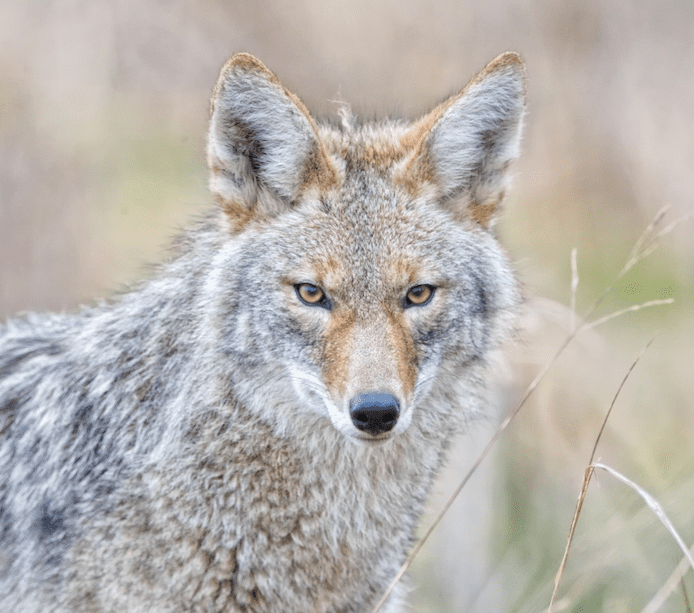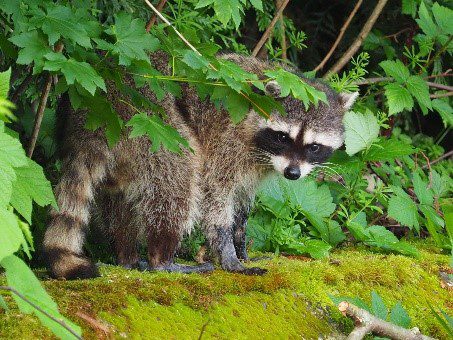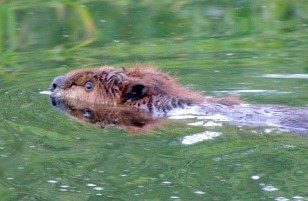
Seattle is known for its great system of parks and open spaces, including the many natural areas that offer respite in our urban setting. For many, this is why we live here – both for the urban nature as well as the access to nearby regional parks, national forests, and wilderness areas. In more rural areas people are used to living with regional wildlife, including carnivores like coyotes, bears, and cougars. In urban areas, sightings of such wildlife are less common. For some, the thrill of seeing wildlife in the middle of the city is exhilarating, but for others it causes concern.
At Seattle Parks and Recreation (SPR), we steward the remaining habitat of these native species. Our forest restoration efforts continue to improve the health of these ecosystems, and as a result many wildlife species – from migrating birds to adaptable mammals – are returning. We believe Seattle’s human and wildlife residents can coexist within our emerald city.

Some wildlife is quite common – squirrels, bats, rabbits, owls, and river otters. Some, like beavers, were rare and are now making a comeback. Populations of many small mammal species had been booming but are now coming into ecological balance as SPR’s forest restoration efforts support our habitats for returning carnivores like coyotes. The Carnivore Spotter from the Seattle Urban Carnivore Project, shows dozens of sightings of native carnivore species in Seattle. Most times wildlife sightings are welcome and brief, as these animals like to stay away from humans. Yet from time to time, individual animals, particularly carnivores, may cause concern.
How can we learn to live with those wild animals that do cause concern in Seattle’s parks?

First it is important to know that these wildlife are native species in our state and are managed by the Washington State Department of Fish and Wildlife (WDFW). Seattle Parks and Recreation works with WDFW to respond to and manage these wildlife species in our urban parks. WDFW has some great resources on their Living with Wildlife webpage, including how to report any problems.
Animals that are potentially dangerous to humans such as bears, cougars and wolves are unlikely to be sighted in Seattle. If they are, they are reported to the WDFW and they handle any conflict. Animals that are more of a nuisance to humans such as coyotes, beavers, and racoons are usually managed by the local landowner (in this case, SPR), often using wildlife control operators approved and licensed by WDFW.
Here are a few tips to avoiding conflicts with urban wildlife:
- Do not feed wildlife and remove food sources outside your home
- Keep your dogs on leash and your cats indoors
- Be more aware at dawn and dusk when visiting parks
- Make some noise when walking in natural areas to avoid surprising wildlife
- If you see carnivores, remain calm and make noise

It is also important to learn more about these animals and how we can live together. The Woodland Park Zoo, in collaboration with Seattle University, operates the Seattle Urban Carnivore Project, an effort to gather information about our local wildlife and educate the public on how to live alongside them. The Project has collected over 4,000 reports of carnivores and is sharing this data nationally with the Urban Wildlife Information Network. You can be a part of this community science project, too, by sharing your sightings.
We hope you have the chance to encounter wildlife in our urban parks. Seattle Parks and Recreation will continue to restore the habitat for these native animals as we support one of our key values, creating a Healthy Environment. Happy Trails!
This article was written by Patti Bakker (Manager – Green Seattle Partnership, Wildlife, IPM) and Todd Burley (Sustainability Advisor). Questions? You can contact Patti Bakker at Patricia.Bakker@seattle.gov.